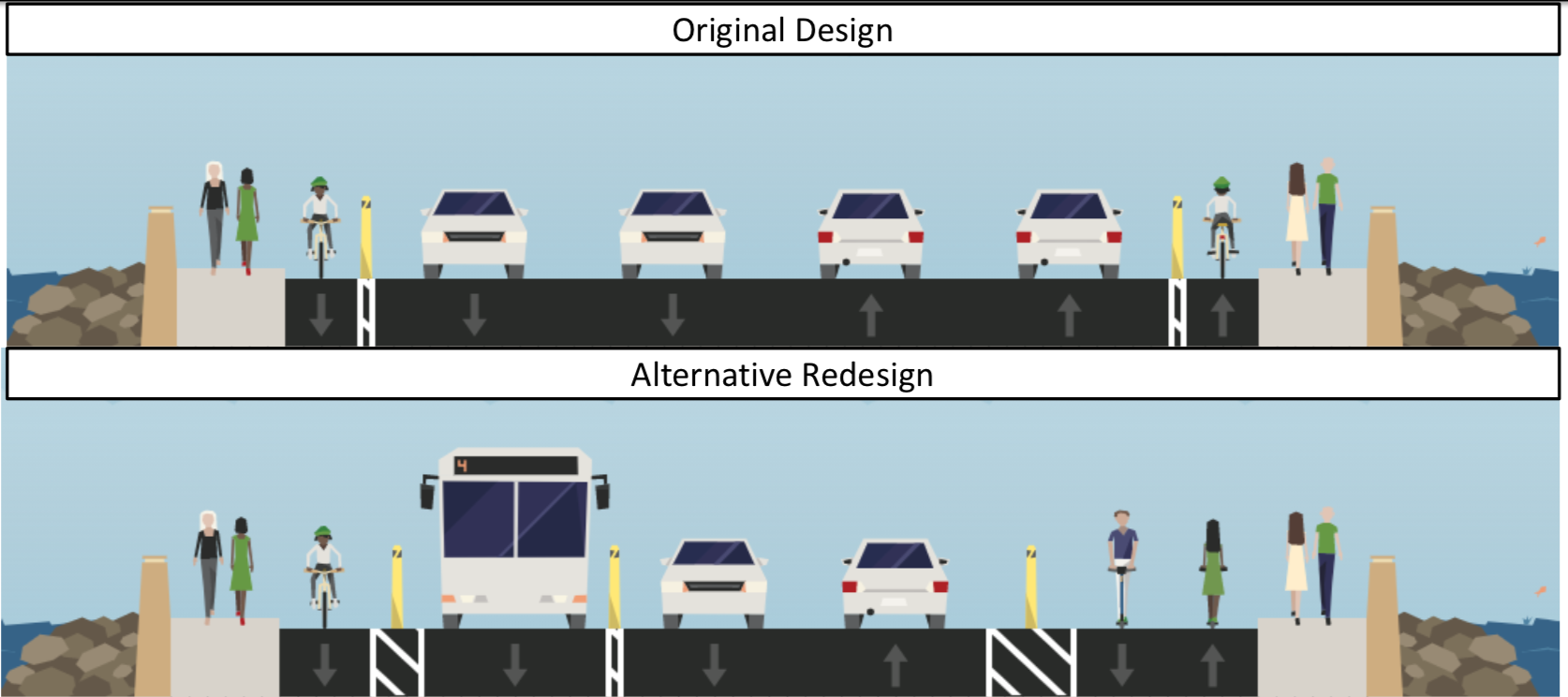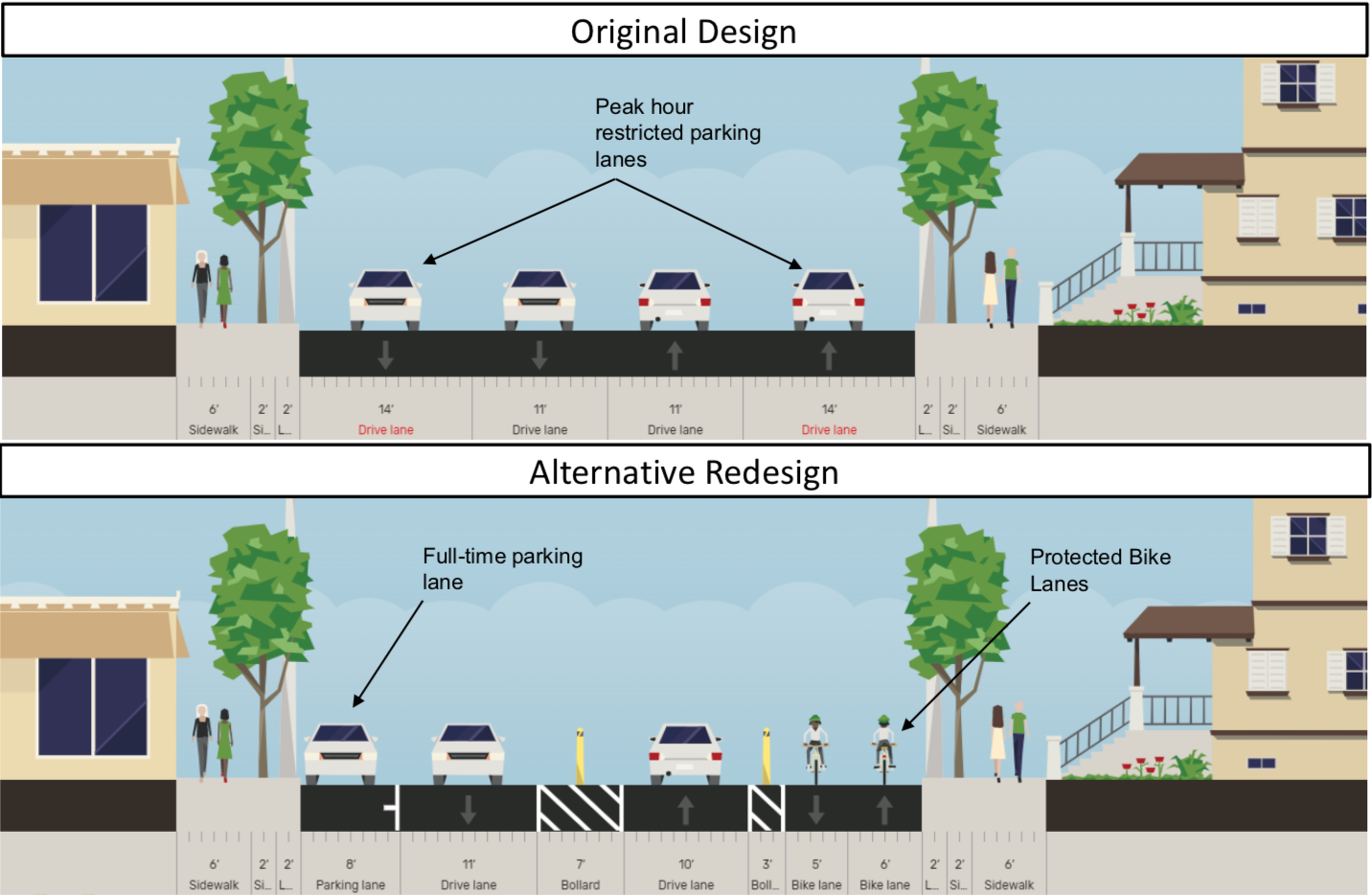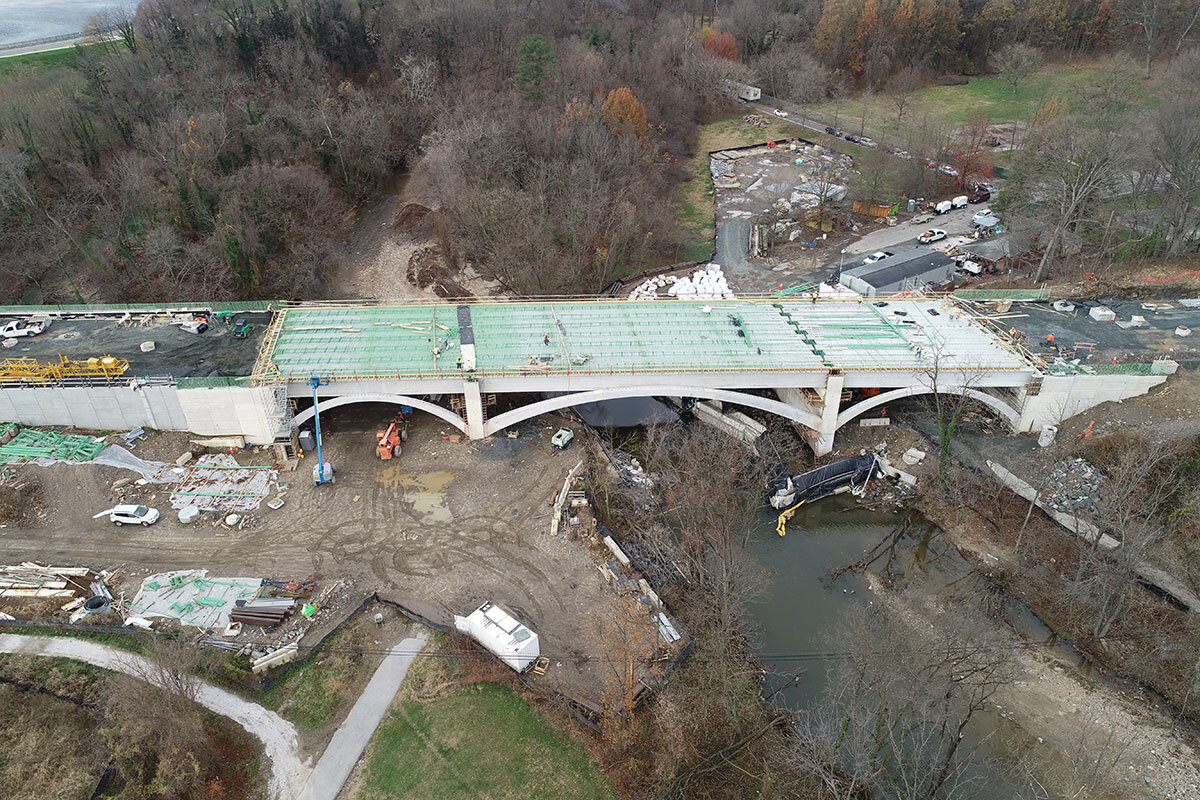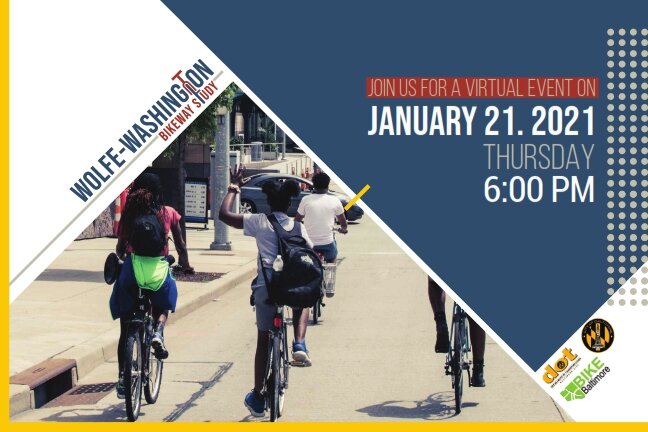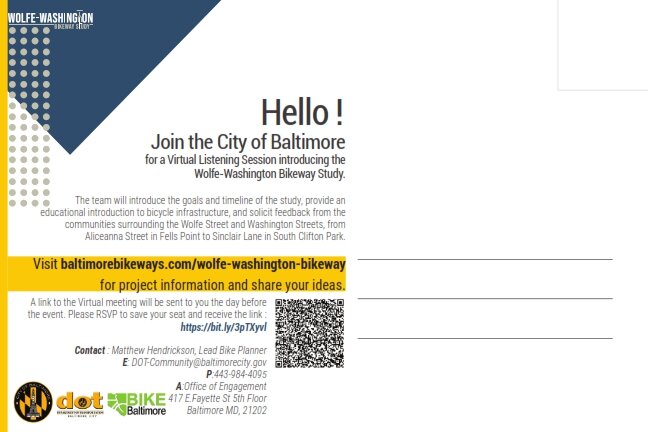By Menelik Yeha, Program Coordinator
My personal reflection for this year is one that ultimately showcases a dance between ideals and their opposites. Old philosophies versus new and fresher ones. Personally and professionally there were many experiences that were shaped by external factors, yet propelled by an inevitable constant, change. Prior to the pandemic, cycling was my preferred method of getting around the city. It was also the preferred method to move about in times when I simply desired exploration. Ironically, once COVID and social distancing became more apparent, I suddenly found myself walking more; initially for the sake of exploration and varied exercise. Little by little, this reasoning morphed into the enjoyment of simplicity, pace, and ease of access to nearby destinations. I realized that I could also wander in a kind of, “novice” way aimlessly, without necessarily having a clear destination in mind. Experiencing the city in both capacities, walking and cycling at a different pace was definitely appreciated. This allowed thoughts and ideas to flow and step forward into reality instead of the previous place of sub conscience living. The imagination and passing thoughts of other times were now as tangible and touchable as both feet firmly planted on the ground. Time seemed to stand still and at times, even disappear.
Now, at Bikemore towards the end of last year, we listed some team and personal goals for this year. Listing such goals were of course from the assumption that things would follow a particular format, schematic, or sequence etc. However, as we all watched life shift into an unfamiliar and strange place for most of us worldwide, as an organization (myself included) we were forced to place all previous concepts, ideas, and notions of spring/ summer programming on ice.
Then, as spring began to peek from under the cover of winter and nature began to sing, anticipation of the cycling season approaching was also bubbling. Typically, at Bikemore our programming would naturally and simultaneously begin edging towards the start line as these changes occur. However, this time, 2020 would announce that this would be a ‘no go’. ‘Riders please return all horses to their respective stable’... or so we thought. The advent of a new appreciation for cycling was born.
This birth not only took place locally, but around the world. Additionally, and inseparably were fresh ideas and recognition of the practical uses, benefits, and possibilities regarding our relationship with something that many had only considered recreationally; a bicycle. Although many people have benefited directly from biking, there were exponentially many people to benefit indirectly from folks being passionate about biking. These are people that receive food via bike delivery.
So, since programming had initially slowed and in some ways came to a halt before getting started, we were able to be a bit more creative in our approach to identifying solutions to other needs. An example of this has been the beautiful relationships we’ve cultivated with food delivery organizations, volunteers, and clients alike. Also, we reached record numbers of mobile bike repairs both for city residents and many that had travelled into the city from areas beyond like, Randalstown, Owings Mills, Catonsville, White Marsh, and Parkville. This speaks to our work not only being valued, but necessary.
In conclusion, taking things a bit slower this year allowed us the ability to check in with ourselves individually and with one another collectively in ways we hadn’t before, therefore, opening space to analyze some specific practices. In hindsight, I can say that an added mental flexibility has personally provided me with a sense of durability and I’m sure better is yet to come.
Can you support us in 2021? Make your donation here to Bikemore in Action.
If you would like to make a charitable, tax-deductible donation instead, click here.




